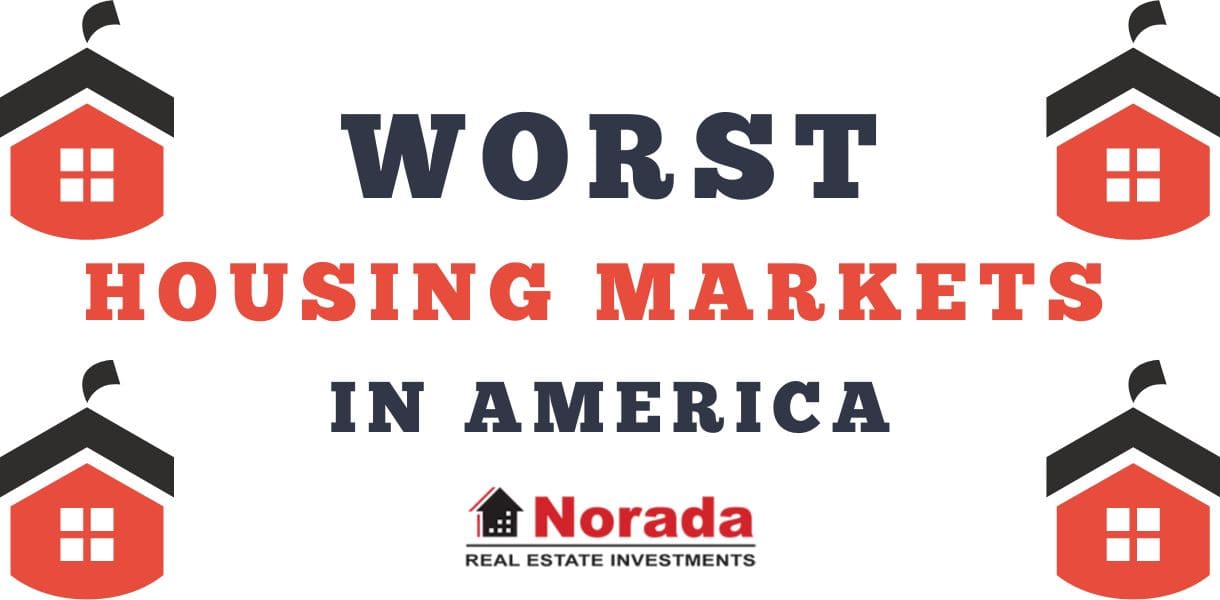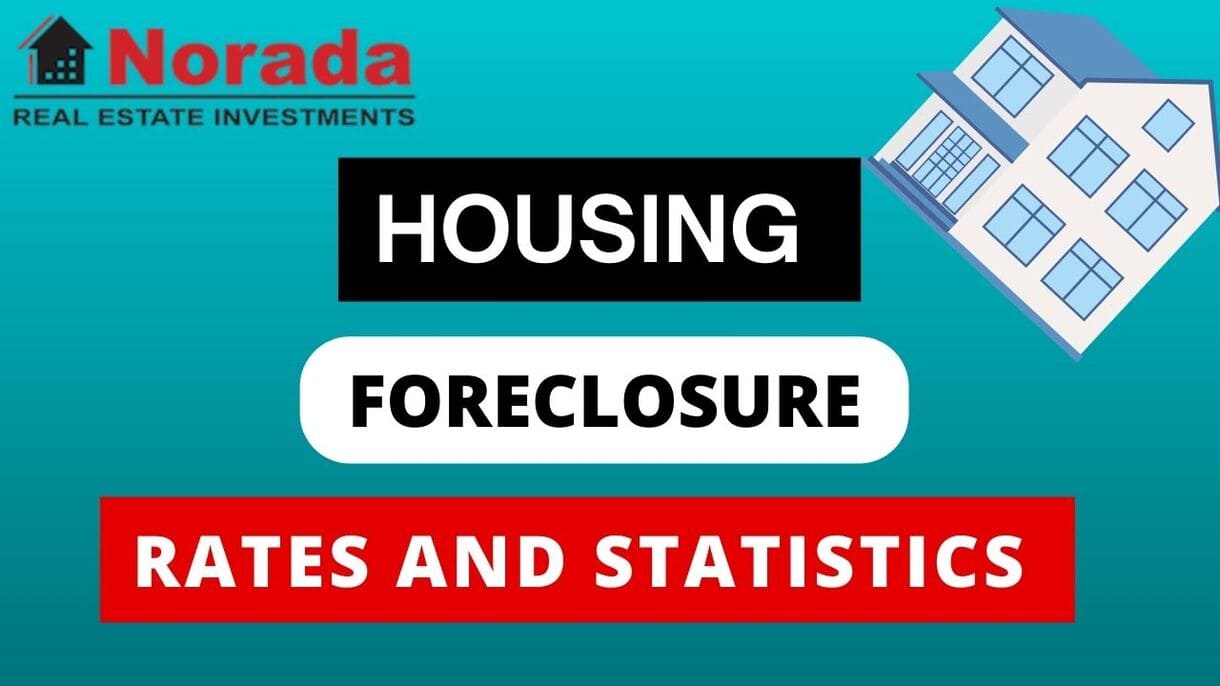The housing market is always on my mind, and I'm sure it's on yours too, especially if you're thinking of buying, selling, or just keeping an eye on your investment. Here's the bottom line: Fannie Mae has dialed back its expectations for the housing market in 2025, predicting fewer home sales and slower price growth than previously anticipated. This change is primarily due to persistent high mortgage rates, which continue to be a major hurdle for potential buyers.
Fannie Mae Lowers Housing Market Forecast for 2025: What This Means for You
Why the Change in Forecast? The Devil's in the Details
Okay, so Fannie Mae adjusted its forecast. But what's really going on here? It all boils down to a few key factors that are intertwined:
- Mortgage Rates Staying Higher for Longer: This is the big one. While everyone hoped rates would drop significantly, the economy has been surprisingly resilient. This “stickiness” in inflation means the Federal Reserve might not cut rates as aggressively as once thought. Fannie Mae now expects the 30-year mortgage rate to hover around 6.5% at the end of 2025 and 6.3% in 2026. That's a significant jump from their previous predictions.
- Affordability Woes: Even if you're earning a decent salary, affording a home can feel impossible with these rates. High prices and borrowing costs make it tough for first-time buyers and those with limited savings.
- The “Lock-In” Effect: Many current homeowners are sitting pretty with mortgage rates well below 4% or even 3%. Why would they sell and take on a new mortgage at double the rate? This keeps existing homes off the market, further squeezing supply and impacting sales.
Diving Deeper: What the Numbers Say
Let's get specific about the revisions Fannie Mae has made. This gives us a clearer picture of what to expect:
- Home Sales: They've reduced their forecast for total home sales to 4.89 million in 2025 (previously 5.00 million) and 5.25 million in 2026 (previously 5.47 million). These are significant downgrades, suggesting a slower pace of activity than initially hoped.
- Home Price Growth: While prices aren't expected to crash, the rate of increase is slowing down. Fannie Mae projects home price growth of 5.8% in 2024, 3.5% in 2025, and just 1.7% in 2026 (on a Q4/Q4 basis). That’s a considerable deceleration.
- Mortgage Originations: With fewer sales and slower price growth, mortgage lenders will also see less business. Fannie Mae now forecasts single-family mortgage originations of $1.92 trillion in 2025 (previously $1.97 trillion) and $2.27 trillion in 2026 (previously $2.37 trillion).
To summarize all the information in numbers, let's take a look at the table below:
| Metric | Previous Forecast (December) | Revised Forecast (January) |
|---|---|---|
| 2025 Total Home Sales | 5.00 million | 4.89 million |
| 2026 Total Home Sales | 5.47 million | 5.25 million |
| 2025 Mortgage Rate (Year-End) | 6.3% | 6.5% |
| 2026 Mortgage Rate (Year-End) | 5.9% | 6.3% |
| 2025 Mortgage Originations | $1.97 trillion | $1.92 trillion |
| 2026 Mortgage Originations | $2.37 trillion | $2.27 trillion |
| 2025 Home Price Growth (Q4/Q4) | 3.6% | 3.5% |
The Broader Economic Picture: GDP and Inflation
It's not just about housing. The overall health of the economy plays a vital role. Fannie Mae also updated their economic forecasts, here's the summary:
- GDP Growth: They expect 2.2% GDP growth in 2025 and 2.0% in 2026. These figures are pretty much unchanged, showing that the economy is expected to keep growing at a moderate pace.
- Inflation: Here's where things get a bit more interesting. They've increased their inflation expectations for 2025, mainly due to higher energy prices. Core inflation, however, is still expected to gradually decrease through 2026. This suggests that while some prices might rise, overall inflation pressures should ease over time.
Regional Differences: Not All Markets Are Created Equal
It's crucial to remember that the housing market is not a monolith. What's happening in one city or state can be very different from another. Fannie Mae highlights some key regional trends:
- Sun Belt vs. Northeast/Midwest: The Sun Belt, which has seen a lot of new construction, has more homes for sale compared to the Northeast and Midwest, where inventory remains tight. This means the Sun Belt is likely to see more sales but slower price appreciation, while the Northeast and Midwest may see less sales activity but relatively stable prices.
- Inventory Levels: An increase in homes for sale usually indicates a cooling market. However, Fannie Mae notes that the rise in inventory isn't necessarily due to more listings but rather to homes taking longer to sell. This suggests a shrinking pool of buyers in some areas.
The Impact on Different Players in the Market
This revised forecast affects everyone involved in the housing market, directly or indirectly:
- Homebuyers: The higher mortgage rates make buying a home more expensive and challenging. Patience and careful financial planning are more important than ever. Focus on improving your credit score, saving for a larger down payment, and exploring different loan options.
- Sellers: If you're planning to sell, be realistic about pricing your home. The days of bidding wars and sky-high offers may be over, at least for now. Work with a real estate agent who understands the local market and can help you price your home competitively.
- Homebuilders: Higher rates and slower sales can put pressure on homebuilders. Expect to see more incentives and concessions offered to attract buyers. This could be a good opportunity to negotiate a better deal on a new home.
- Investors: Real estate investors need to be cautious and do their homework. Focus on markets with strong fundamentals and long-term growth potential. Rental properties may become more attractive as affordability challenges keep people from buying.
Recommended Read:
Housing Market Forecast 2025 by JP Morgan Research
Housing Predictions 2025 by Warren Buffett's Berkshire Hathaway
Housing Market Forecast: CoreLogic Sees 4.1% Jump in Home Prices in 2025
My Two Cents: What I Think This Housing Forecast Means
I've been watching the housing market for a while now, and here's my take on this situation. While the revised forecast isn't exactly cheerful, it's also not a reason to panic. I don't expect a market crash like we saw in 2008. Instead, I think we're heading towards a period of moderation and stabilization.
The biggest challenge, in my opinion, is affordability. Until mortgage rates come down significantly or incomes rise substantially, many people will struggle to buy a home. This will likely keep a lid on sales volume and price growth.
However, I also believe there are opportunities to be found. For buyers, a slower market means less competition and more time to shop around. You might even be able to negotiate a better price or terms. For sellers, it's important to be realistic and adapt to the changing market dynamics. Focus on presenting your home in the best possible light and working with a skilled agent.
What to Watch Out For in the Coming Months
The housing market is constantly evolving, so it's important to stay informed. Here are a few things I'll be keeping an eye on:
- Inflation Data: Inflation is the key to the Fed's interest rate decisions. If inflation continues to cool down, we could see mortgage rates start to decline.
- Economic Growth: A strong economy is generally good for the housing market, but it could also keep inflation higher for longer.
- Housing Inventory: Keep an eye on the number of homes for sale in your local market. A growing inventory could put downward pressure on prices.
- Consumer Confidence: Consumer sentiment can influence housing demand. If people are feeling optimistic about the future, they're more likely to buy a home.
Final Thoughts
The Fannie Mae lowers housing market forecast for 2025 reflects the challenges posed by persistent high mortgage rates. While the outlook isn't as rosy as previously hoped, it doesn't signal a market collapse. By staying informed, being realistic, and seeking expert advice, you can navigate the housing market successfully, whether you're buying, selling, or investing.
Work with Norada in 2025, Your Trusted Source for Investment
in the Top Housing Markets of the U.S.
Discover high-quality, ready-to-rent properties designed to deliver consistent returns.
Contact us today to expand your real estate portfolio with confidence.
Contact our investment counselors (No Obligation):
(800) 611-3060
Read More:
- New Tariffs Could Trigger Housing Market Slowdown in 2025
- Housing Market Forecast 2025: Affordability Crisis Will Continue
- Lower Mortgage Rates Will Reignite the Housing Demand in 2025
- NAR Predicts 6% Mortgage Rates in 2025 Will Boost Housing Market
- Housing Market Forecast for the Next 2 Years: 2024-2026
- Housing Market Predictions for the Next 4 Years: 2025 to 2028
- Housing Market Predictions for Next Year: Prices to Rise by 4.4%
- Housing Market Predictions for 2025 and 2026 by NAR Chief
- Real Estate Forecast Next 5 Years: Top 5 Predictions for Future
- 2008 Forecaster Warns: Housing Market 2024 Needs This to Survive
- Real Estate Forecast Next 10 Years: Will Prices Skyrocket?




